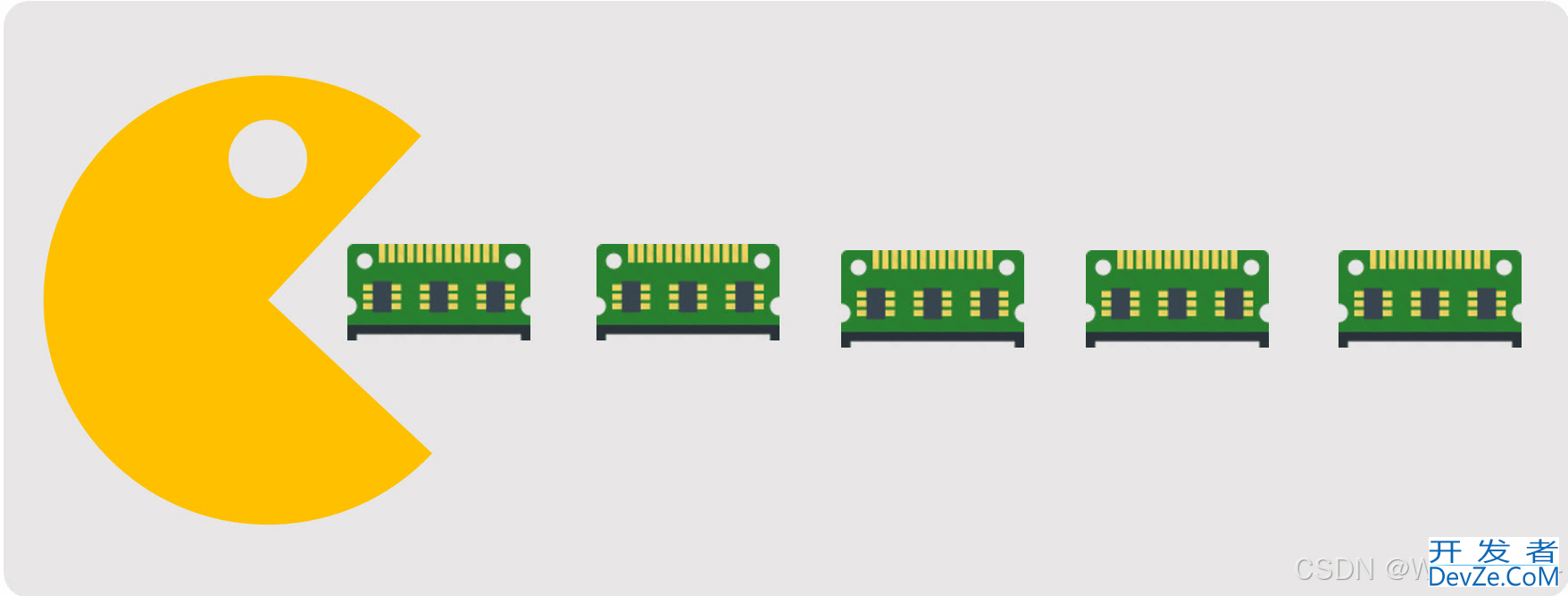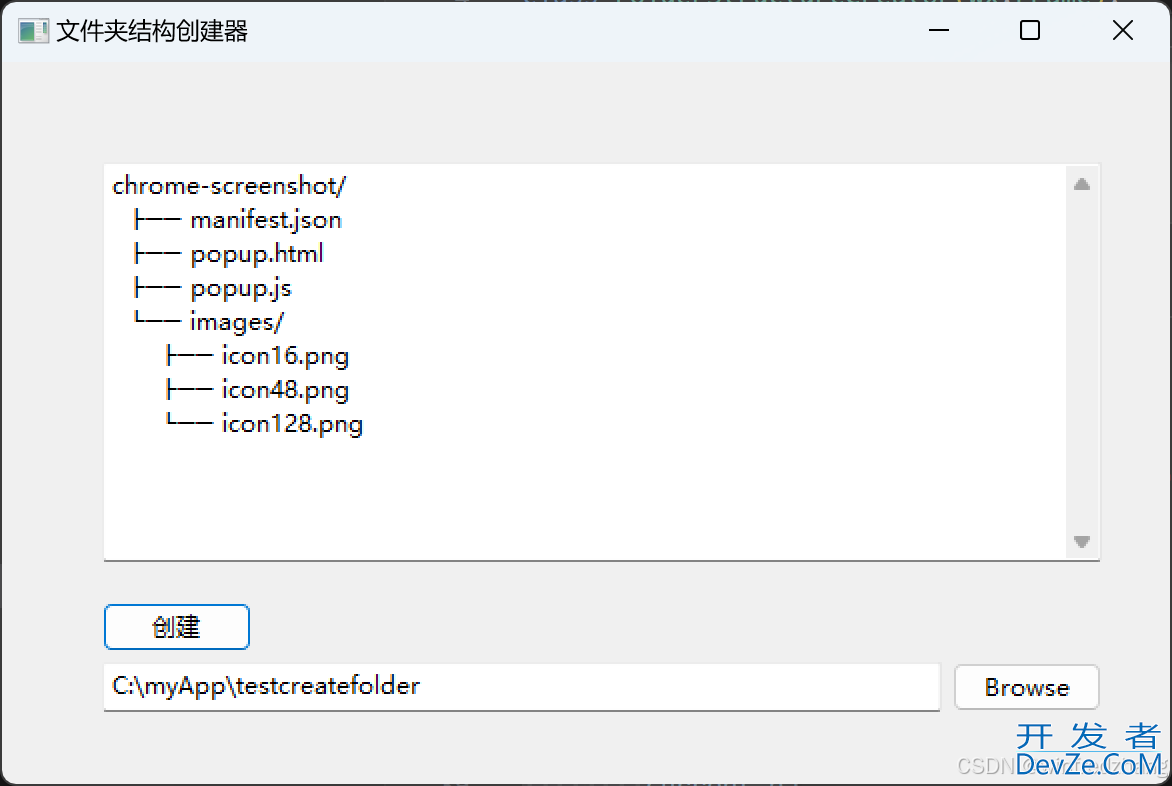论文:Interactive Image Warping(1993年Andreas Gustafsson)
算法思路:

假设当前点为(x,y),手动指定变形区域的中心点为C(cx,cy),变形区域半径为r,手动调整变形终点(从中心点到某个位置M)为M(mx,my),变形程度为strength,当前点对应变形后的目标位置为U。变形规律如下,
- 圆内所有像素均沿着变形向量的方向发生偏移
- 距离圆心越近,变形程度越大
- 距离圆周越近,变形程度越小,当像素点位于圆周时,该像素不变形
- 圆外像素不发生偏移

其中,x是圆内任意一点坐标,c是圆心点,rmax为圆心半径,m为调整变形的终点,u为圆内任意一点x对应的变形后的位置。
对上面公式进行改进,加入变形程度控制变量strength,改进后瘦脸公式如下,

优缺点:
优点:形变思路简单直接
缺点:
- 局部变形算法,只能基于一个中心点,向另外一个点的方向啦。如果想多个点一起拉伸,只能每个点分别做一次液化,通过针对多个部位多次液化来实现。
- 单点拉伸的变形,可以实现瘦脸的效果,但是效果自然度有待提升。
代码实现:
import cv2
import math
import numpy as np
def localTranslationWarpFastWithStrength(srcImg, startX, startY, endX, endY, radius, strength):
ddradius = float(radius * radius)
copyImg = np.zeros(srcImg.shape, np.uint8)
copyImg = srcImg.copy()
maskImg = np.zeros(srcImg.shape[:2], np.uint8)
cv2.circle(maskImg, (startX, startY), math.ceil(radius), (255, 255, 255), -1)
K0 = 100/strength
# 计算公式中的|m-c|^2
ddmc_x = (endX - startwww.cppcns.com
X) * (endX - startX)
ddmc_y = (endY - startY) * (endY - startY)
H, W, C = srcImg.shape
mapX = np.vstack([np.arange(W).astype(np.float32).reshape(1, -1)] * H)
mapY = np.hstack([np.arange(H).astype(np.float32).reshape(-1, 1)] * W)
distance_x = (mapX - startX) * (mapX - startX)
distance_y = (mapY - startY) * (mapY - startY)
distance = distance_x + d编程客栈istance_y
K1 = np.sqrt(distance)
ratio_x = (ddradius - distance_x) / (ddradius - distance_x + K0 * ddmc_x)
ratio_y = (ddradius - distance_y) / (ddradius - distance_y + K0 * ddmc_y)
ratio_x = ratio_x * ratio_x
ratio_y = ratio_y * ratio_y
UX = mapX - ratio_x * (endX - starthttp://www.cppcns.comX) * (1 - K1/radius)
UY = mapY - ratio_y * (endY - startY) * (1 - K1/radius)
np.copyto(UX, mapX, where=maskImg == 0)
np.copyto(UY, mapY, where=maskImg == 0)
UX = UX.astype(np.float32)
UY = UY.astype(np.float32)
http://www.cppcns.comcopyImg = cv2.remap(srcImg, UX, UY, interpolation=cv2.INTER_LINEAR)
return copyImg
image = cv2.imread("./tests/images/klst.www.cppcns.com
jpeg")
processed_image = image.copy()
startX_left, startY_left, endX_left, endY_left = 101, 266, 192, 233
startX_right, startY_right, endX_right, endY_right = 287, 275, 192, 233
radius = 45
strength = 100
# 瘦左边脸
processed_image = localTranslationWarpFastWithStrength(processed_image, startX_left, startY_left, endX_left, endY_left, radius, strength)
# 瘦右边脸
processed_image = localTranslationWarpFastWithStrength(processed_image, startX_right, startY_right, endX_right, endY_right, radius, strength)
cv2.imwrite("thin.jpg", processed_image)
实验效果:

到此这篇关于pytorch 液态算法实现瘦脸效果的文章就介绍到这了,更多相关pytorch 液态算法内容请搜索我们以前的文章或继续浏览下面的相关文章希望大家以后多多支持我们!









 加载中,请稍侯......
加载中,请稍侯......
精彩评论